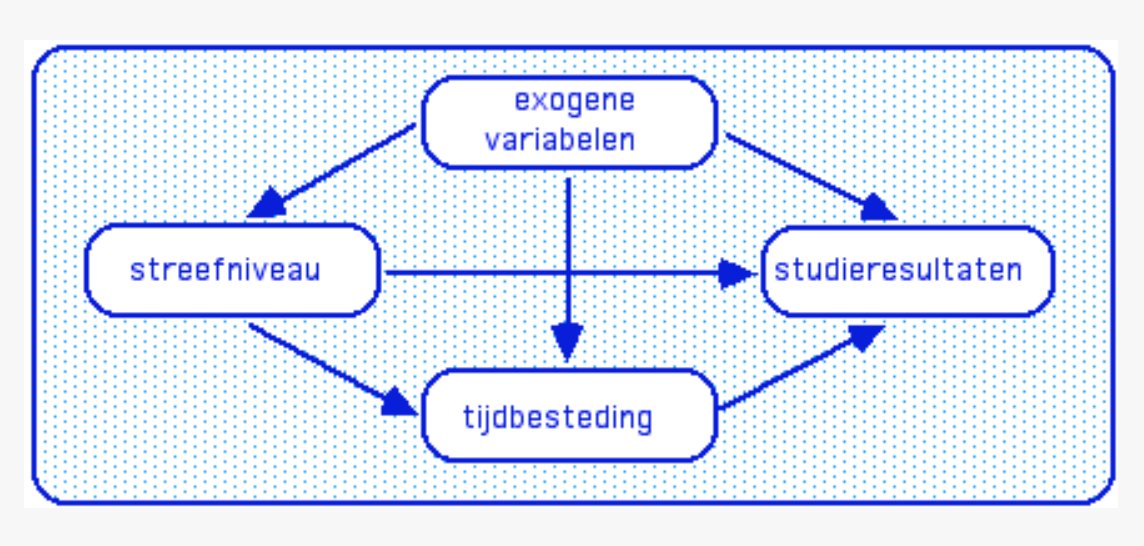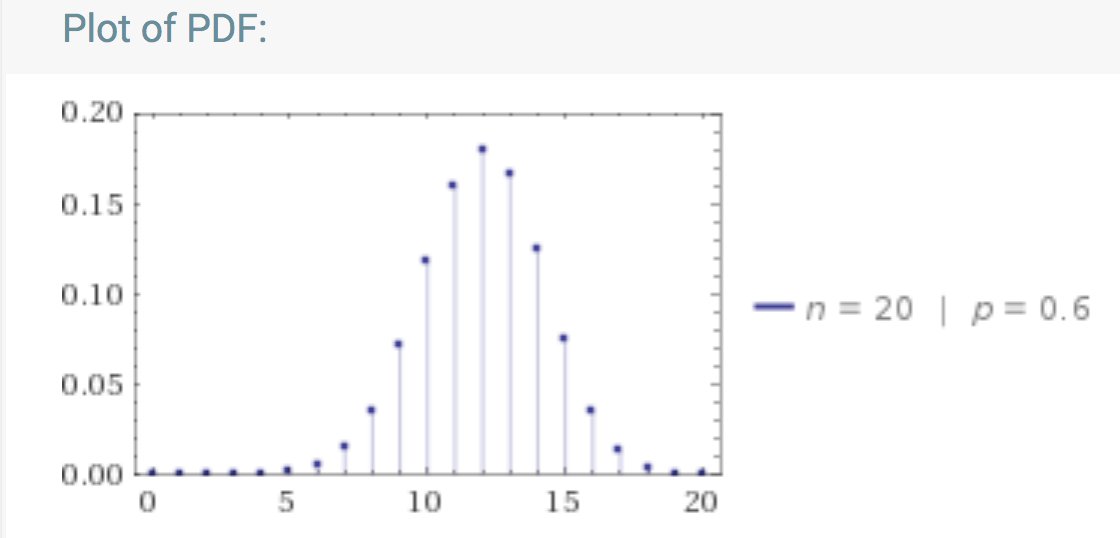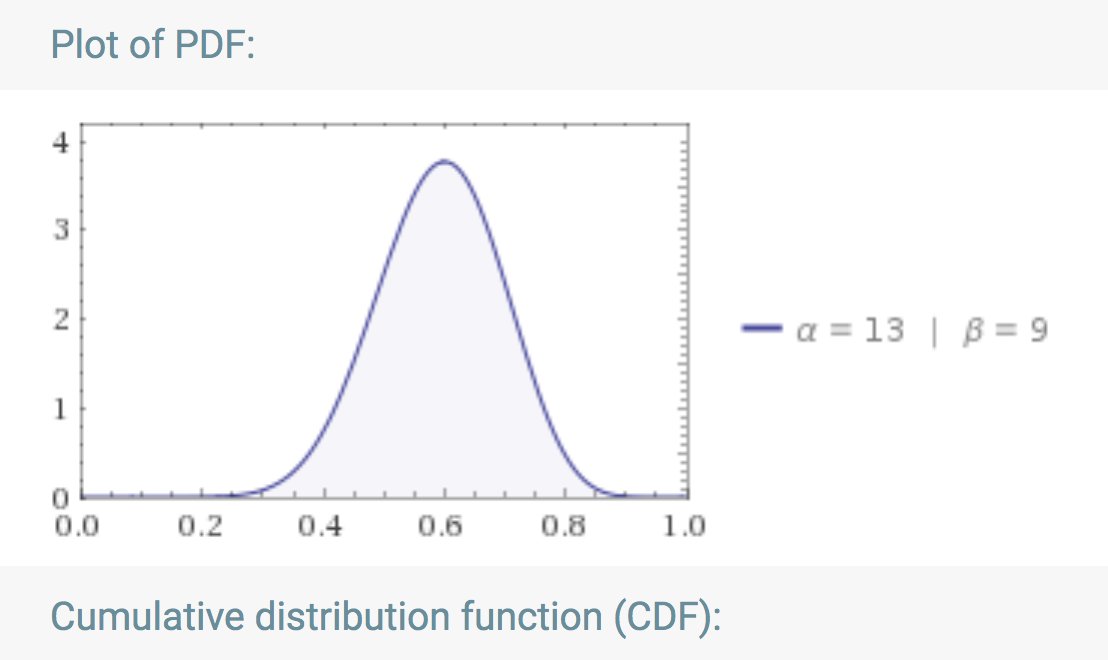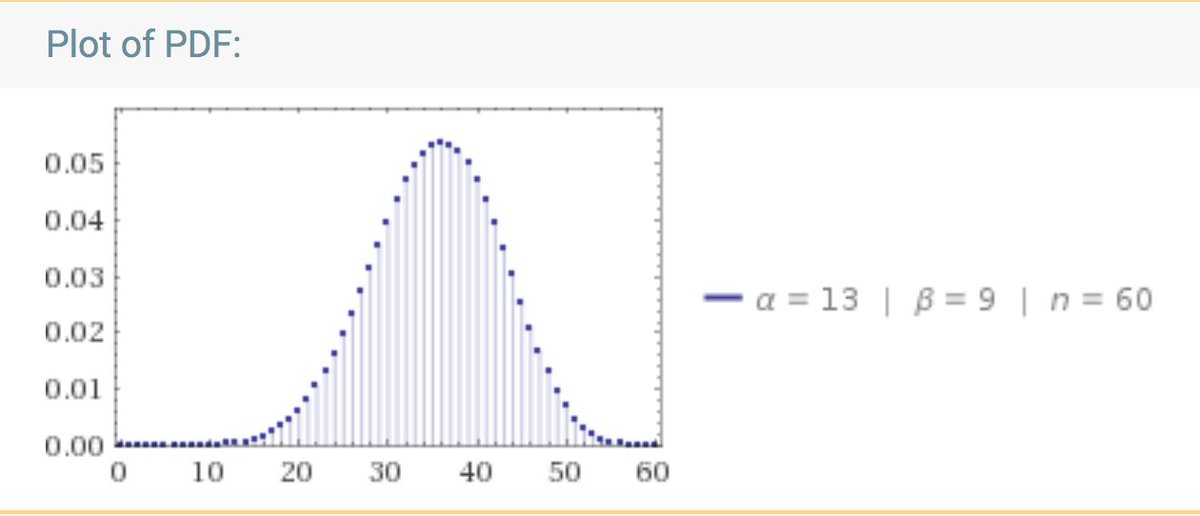Question #1: do they really exist? Is it possible for a difference to really exist?
I can hear you shouting: ‘Of course they do, come and visit my classroom!’
Yet I once surprised Denny Borsboom (research on validity) with my question.
How does that impact educational decision making?
Expected utility is the ‘product’ (weighting) of the probability density and the utility function.
F.e. threshold utility functions 0 (fail) and 1 (pass) a test. Expected utilities then equal chances to pass the test].
In personnel testing the employer will choose the candidates he expects will contribute best.
There'll be a small and definitely insignificant difference between the last person selected and the first one rejected.
Edgeworth 1888 answers that question: benwilbrink.nl/projecten/lote…
I like this case, and its illuminating treatment by Edgeworth.
For starters, de dimension of differences is a valued one; scores typically are valued as relatively ‘better’ or ‘worse’.
Better or worse for whom: the Civil Service.
‘The weighted lottery in the admission to ‘restricted’ university studies in the Netherlands’
benwilbrink.nl/projecten/lott…]
[Rebecca Zwick 2017 is not quite correct]
J. E. Furst (1981). Bloom’s taxonomy of educational objectives for the cognitive domain: philosophical and educational issues. RER jstor.org/stable/1170361
“We cannot posit remembering in any sense APART from content. If remembering is thought of as content-free we have an empty concept which could not be even part of an educational objective.”
On a math test Ben scores just short of the passing score, Ed scores exact the passing score. What does it mean here to say Ed scores 1 point better than Ben?
How to explain individual differences in assessment test scores, given: capabilities, aspiration levels, and time on preparation.

For the student the situation is quite another one: every test looks like a random sample from a domain of possible items.
Recognize the binomial model here. wolframalpha.com/input/?i=binom…

To bring in individual differences: suppose your girlfriend also has a mastery of 0.6, her score can also be anywhere under that curve.
The DIFFERENCE of the two scores has no meaning at all: it is random!
It is possible to relax that assumption of knowing one’s mastery. Replace it with the assumption of having scored 12 on a preliminary test of 20. What do you know?


Nudging student behavior is one thing, be warned that the reverse will also happen: students nudging teacher behavior.


